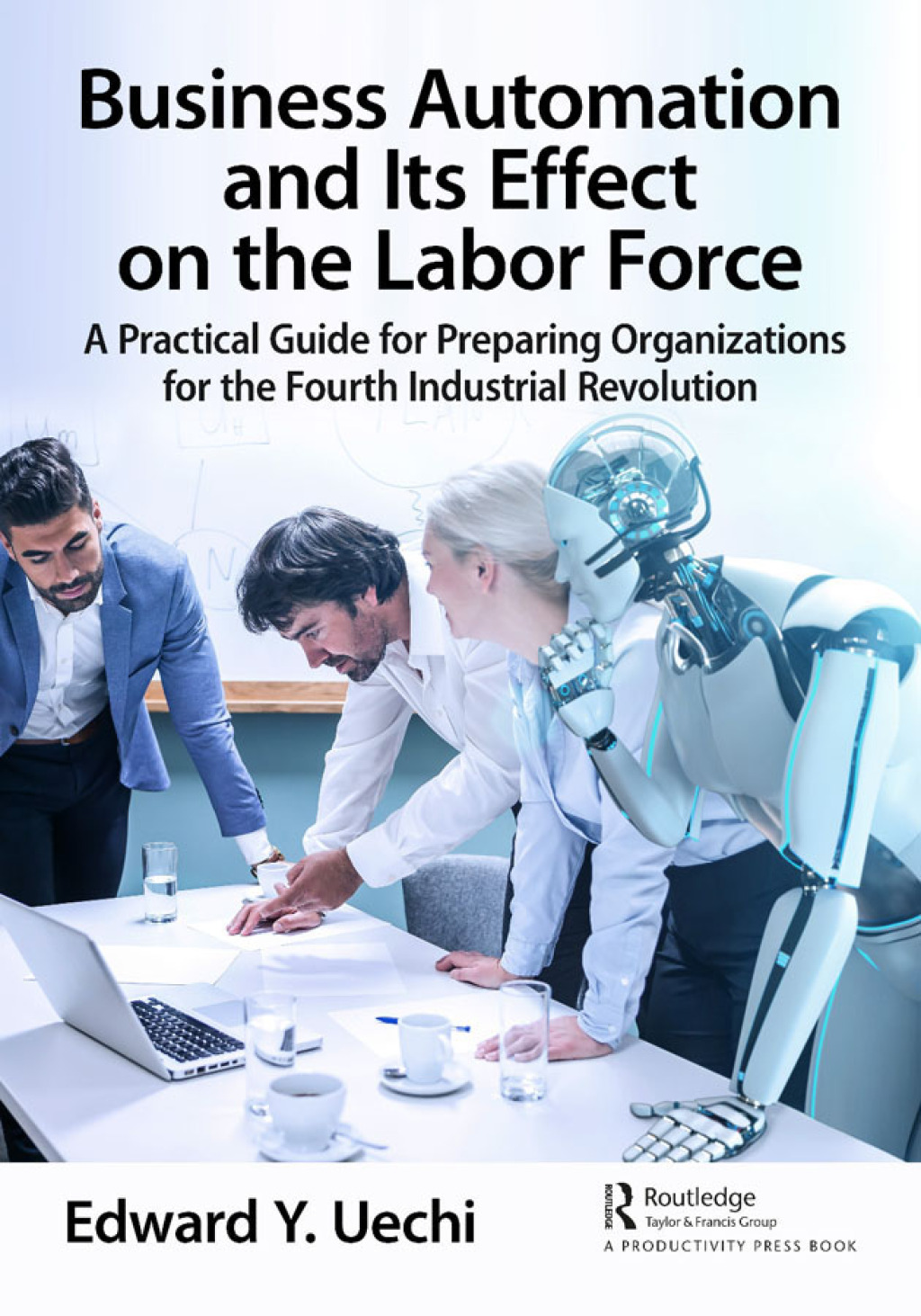Business Automation and Its Effect on the Labor Force A Practical Guide for Preparing Organizations for the Fourth Industrial Revolution 1st Edition
Author(s): Edward Uechi
Publisher: Productivity Press
ISBN: 9781032038377
Edition: 1st Edition
$39,99
Delivery: This can be downloaded Immediately after purchasing.
Version: Only PDF Version.
Compatible Devices: Can be read on any device (Kindle, NOOK, Android/IOS devices, Windows, MAC)
Quality: High Quality. No missing contents. Printable
Recommended Software: Check here
Important: No Access Code
Description
Description
Business Automation and Its Effect on the Labor Force informs business managers on new technologies that can make their industries more efficient. This book provides a primer on quantum computing, artificial intelligence, robotics, and sensors. As a business management book, managers can start planning for the future. The author predicts when the advanced systems would be ready to use. Getting a clearer picture of what is on the horizon, business managers can determine how many workers and machines will be needed. Managers will learn how to calculate the optimal mix of workers and machines. Key Book Highlights Covering labor and technology in agriculture, manufacturing, construction, transportation, hospitality, health care, office administration, and education. A review of the evolution of systems, machines, and devices from the past to the present, and where the latest advancement is headed. A visual timeline showing when new systems and machines would be available for eight industries in the next 25 years. Succinct descriptions of eliminated jobs, retained jobs, and new roles for workers. A simplified method to calculate the costs of operations, allowing business managers to compare human productivity against machine productivity. Labor market information in context of technological innovation for state workforce agencies and local workforce development boards. Lists of occupations with Standard Occupational Classification (SOC) codes for labor economists, workforce development specialists, and job seekers.










